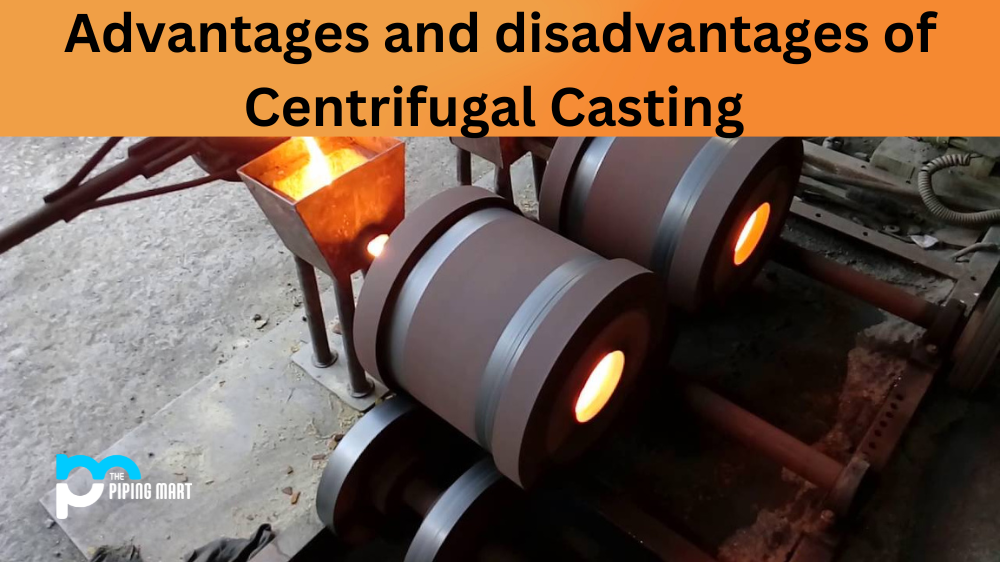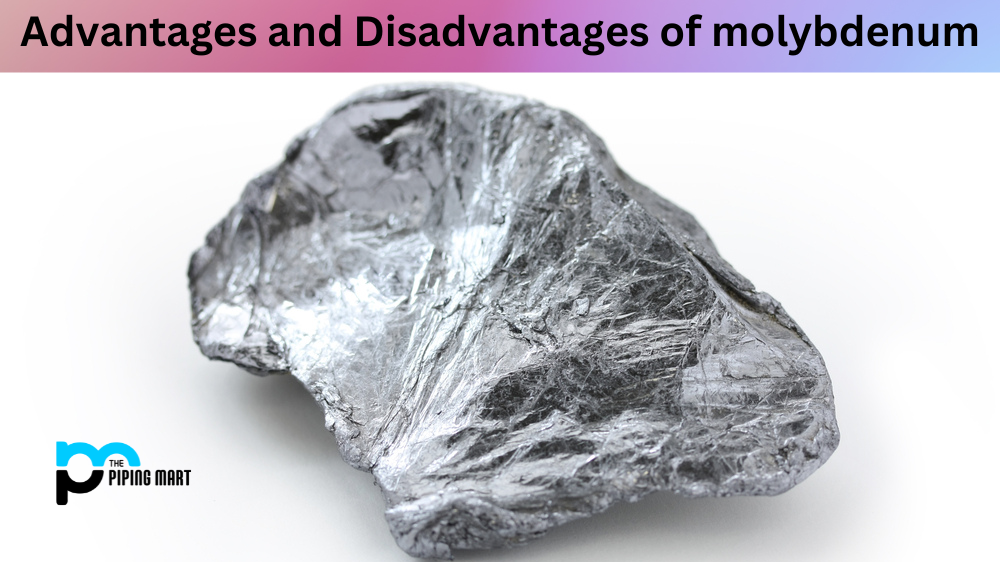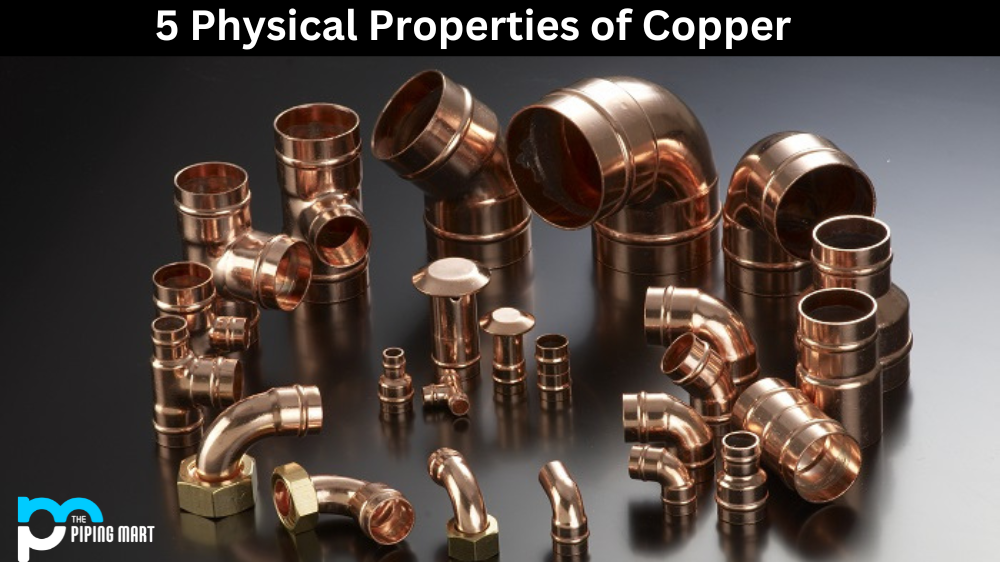Centrifugal casting is a type of metal casting process where molten metal is poured into a spinning mould. It is used to create cylindrical objects such as pipes, tubes, rings, and other parts with hollow interiors. While the process has its advantages, it also has some drawbacks that should be considered before using it.
Advantages of Centrifugal Casting
One of the main advantages of centrifugal casting is that it can produce complex shapes in a single step. This makes it much more efficient than other casting processes, which require multiple steps and further machining operations to achieve the same results. Additionally, centrifugal casting can produce high-quality components with excellent surface finish, dimensional accuracy, and strength.
The process also produces minimal waste since all the molten metal used in the casting process is contained within the shape being cast. This means that there are no excess materials that need to be recycled or discarded after the process is complete. Finally, centrifugal casting allows for relatively fast production times since it only takes a few minutes from start to finish.
- Centrifugal casting is a process that can produce parts with very tight tolerances.
- Centrifugal casting can be used to produce parts with very complex shapes.
- The process of centrifugal casting is very efficient and can be used to produce large quantities of parts in a short amount of time.
- Centrifugal casting produces parts that have a very smooth surface finish.
- The process of centrifugal casting is very versatile and can be used to cast parts from a variety of materials.
Disadvantages of Centrifugal Casting
Centrifugal casting does have some disadvantages as well. One issue with this type of casting is that it requires expensive equipment due to its specialized nature. In addition, certain metals are not viable for use in centrifugal casting because they lack adequate fluidity when molten, or their rapid cooling rates make them difficult to cast successfully. Also, larger parts and those with intricate designs may require more complex moulds, which increases costs even further. Furthermore, when working with large parts or those requiring thick walls, there might be problems with porosity or shrinkage if not properly controlled during the entire process; this could lead to structural defects in the casted object and potentially even failure if left unchecked.
Limited to cylindrical shapes
One of the primary disadvantages of centrifugal casting is that it is limited to cylindrical shapes. This means that it cannot be used to create objects with other shapes, such as square or rectangular objects. Additionally, centrifugal casting can only be used to create objects with a limited amount of detail.
Requires expensive equipment
Another disadvantage of centrifugal casting is that it requires expensive equipment. In order to cast an object using this method, a furnace, mould, and centrifuge are required. This can make the process prohibitively expensive for some people or businesses.
Can be dangerous
Centrifugal casting can also be dangerous if not done properly. The high speeds at which the centrifuge spins can cause serious injuries if someone is not careful. Additionally, the molten metal used in the process can cause burns if it comes into contact with the skin.
Time-consuming
Another disadvantage of centrifugal casting is that it is a time-consuming process. The entire process, from heating the metal to cooling the finished product, can take several hours. This can make it impractical for some applications.
Requires skilled labour
Finally, centrifugal casting requires skilled labour in order to be done correctly. The operator must be able to control the speed of the centrifuge and ensure that the molten metal is properly distributed in the mould.
Conclusion:
All things considered, centrifugal casting can be a great option for producing hollow parts and components quickly and efficiently despite its inherent limitations and drawbacks. With proper planning and consideration for potential issues like porosity or shrinkage defects, you can ensure the successful production of your desired part while still taking advantage of the numerous benefits provided by this unique method of metal casting. If you’re looking for an efficient way to cast your product, then considering centrifugal casting may be worth your while!

Meet Bhavesh, a seasoned blogger with a wealth of knowledge and experience. From metal products manufacturing to retail, Bhavesh has a diverse background in various industries and is dedicated to sharing his insights and expertise with readers.




